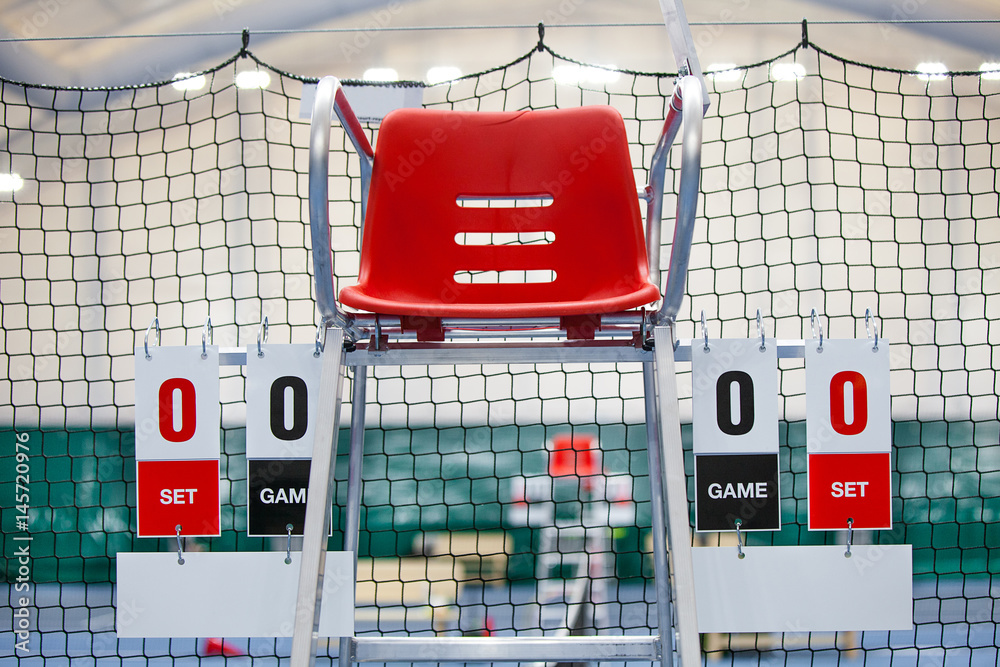Why is tennis scored the way it is?
The tennis scoring system is unique and many have speculated about its origins.
Let’s start with “love”. Of all the suggestions, the most logical is linked to the French word for egg – l’oeuf which is the same shape as a zero! As time has passed, and the sport has expanded, l’oeuf has slowly become “love”. Tennis originated in France, in the 12th Century, giving some weight to this theory.
What about the points system?
In the 19th Century, British officers based in India loved playing a game called sphairistike. The scores followed the various gun calibres used by British naval ships. On firing a salute, the navy started with a 15-pound gun on the main deck, followed by a 30-pound gun on the middle deck, and they ended with a 40-pound gun on the lower deck. This could be the inspiration for the scoring system!
There is another theory, linked to a French game called “jeu de pame” which was played before the invention of tennis. This theory is connected to court size and the forward/backward movements of a player. After serving, a player might move 15 feet forward. Then 15 feet back – making it 30 feet! A third score might force a player next to the net so the final move is 10 feet – giving an overall total of 40. With the French link of “l’ouef” and “love”, this does seem very plausible.

